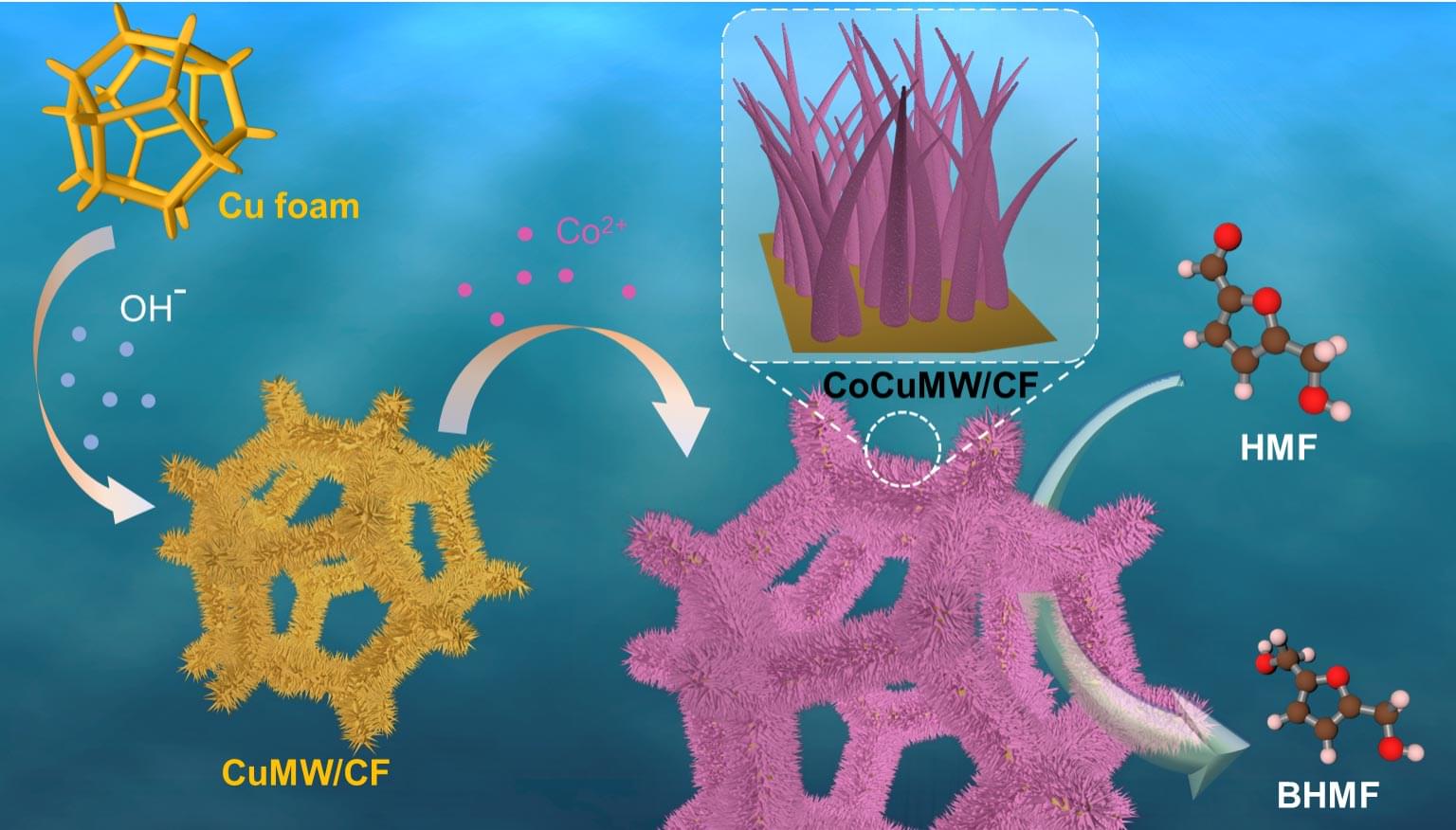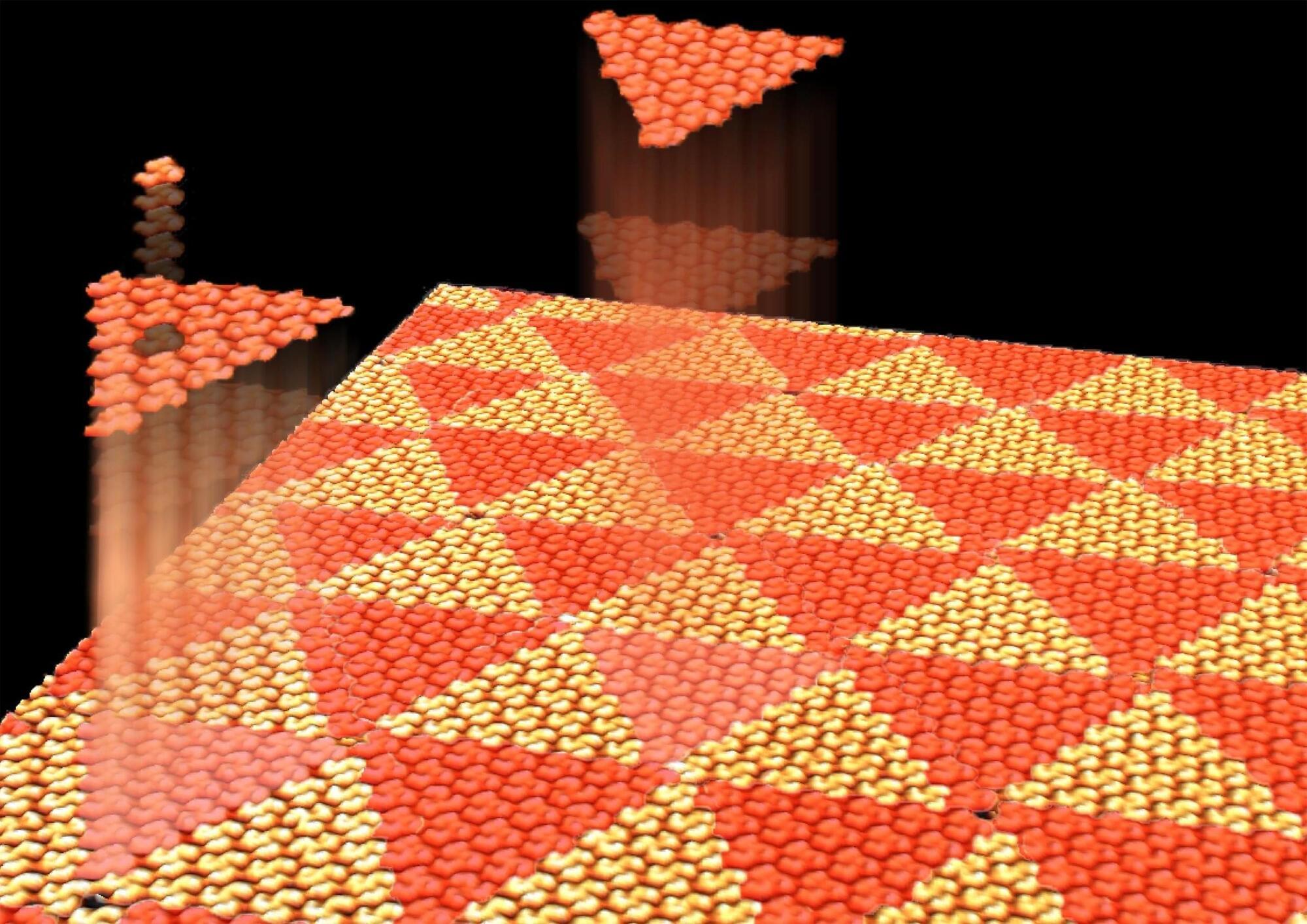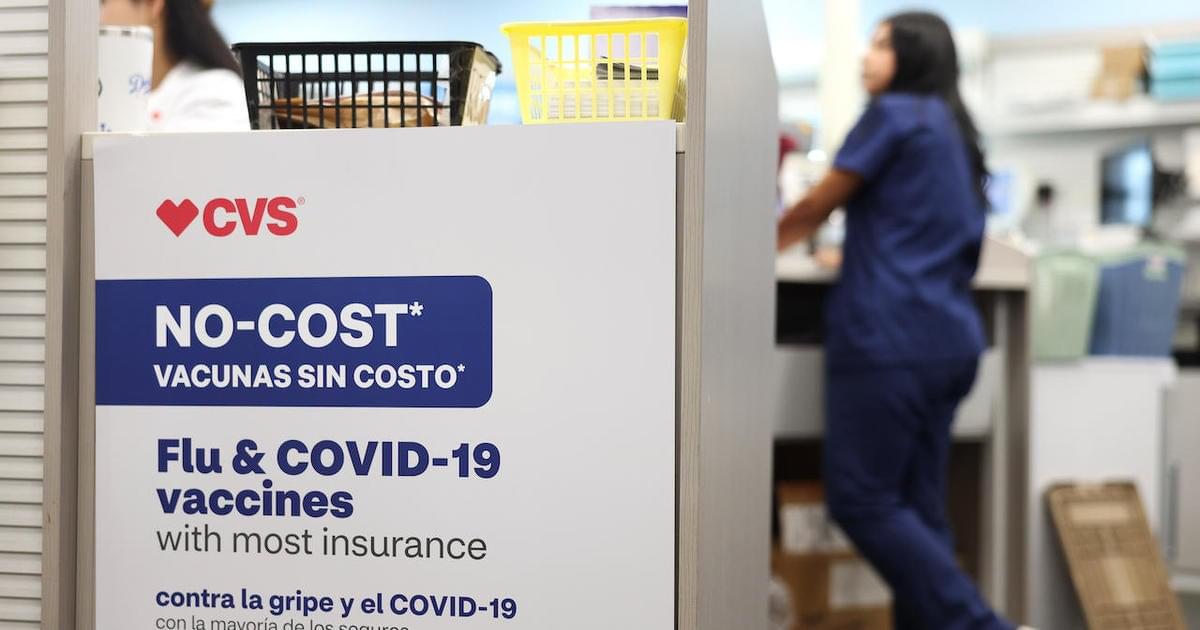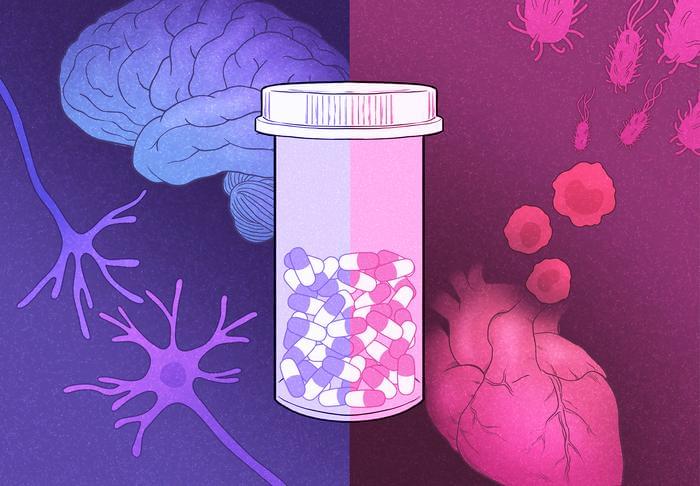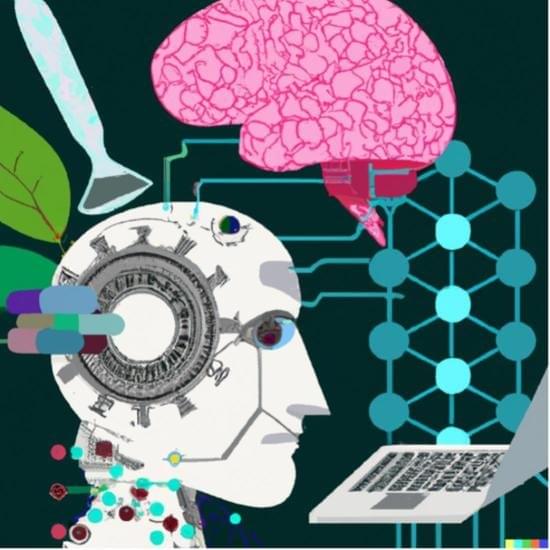Researchers at NIMTE have turned metal corrosion into a tool for efficient biomass upgrading, achieving high HMF-to-BHMF conversion rates with a CoCuMW/CF electrode. Their findings offer a low-cost, sustainable solution for bio-based chemical production.
A research team led by Prof. Jian Zhang from the Ningbo Institute of Materials Technology and Engineering (NIMTE) of the Chinese Academy of Sciences (CAS) has harnessed metal corrosion to develop high-performance electrodes, facilitating the efficient and cost-effective upgrading of bio-based 5-hydroxymethylfurfural (HMF). Their findings were published in Chem Catalysis.
While corrosion is typically associated with material degradation and economic loss, researchers are now investigating its potential for advantageous applications, particularly in biomass upgrading.
